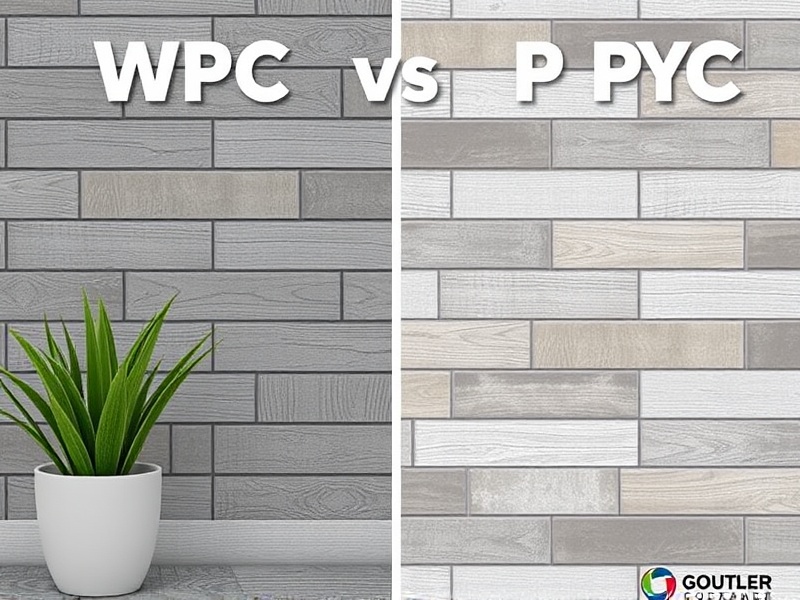Our Location
304 North Cardinal St.
Dorchester Center, MA 02124

When it comes to choosing between Wood Plastic Composite (WPC) and Polyvinyl Chloride (PVC), one of the primary factors that often influence decision-making is aesthetic appeal. WPC is celebrated for its natural wood-like appearance, which can be a significant advantage for homeowners seeking a traditional and warm look. This composite material can be easily stained or painted to match any design scheme, providing flexibility in achieving the desired aesthetic outcome. On the other hand, PVC offers a sleek, modern appearance with a uniform color throughout the material. It is available in various finishes and colors, making it a versatile option for those who prefer a contemporary style without the need for maintenance like painting.
The environmental impact of building materials is an increasingly important consideration. WPC is often promoted as an eco-friendly alternative due to its composition, which includes recycled plastic and wood fibers. This blend reduces waste by repurposing both plastic and wood materials. Additionally, WPC does not require chemical treatments for protection against moisture and pests, further reducing its ecological footprint. Conversely, PVC is known for its durability and longevity, but its production process involves the use of non-renewable resources and chemicals. However, PVC is recyclable, and when managed properly, it can contribute to sustainable construction practices.
Both materials offer distinct advantages in terms of durability and maintenance requirements. WPC excels in resisting moisture, rot, and insect damage, making it ideal for outdoor applications such as decking and fencing. Its resistance to these elements means less frequent replacement and maintenance over time, which can be a significant cost-saving factor. In contrast, PVC is highly durable and resistant to weathering, fading, and staining. It requires minimal maintenance, typically only needing occasional cleaning with soap and water. However, while PVC is more resistant to scratching and denting compared to WPC, it may yellow over time under UV exposure, requiring periodic reconditioning or painting to maintain its appearance.
To help readers make an informed decision between WPC and PVC, here’s a simple checklist:
Choosing between WPC and PVC ultimately depends on individual preferences and project requirements. Whether it’s the aesthetic appeal, environmental considerations, or long-term benefits that matter most, understanding these key factors will guide you toward the best choice for your next project. By considering the points discussed above, you can ensure that your decision aligns with both your immediate and future needs.